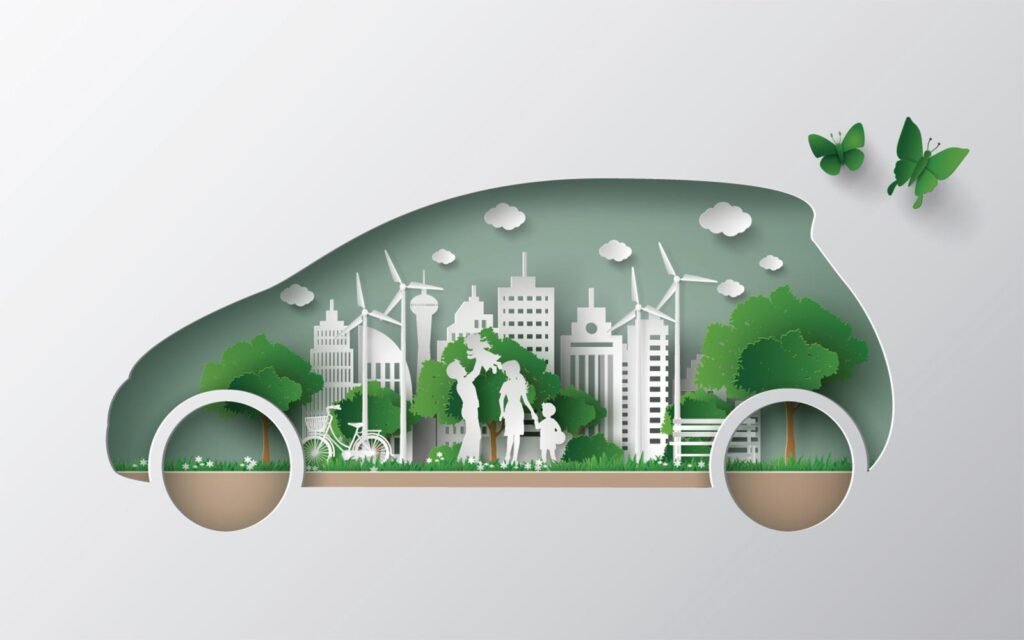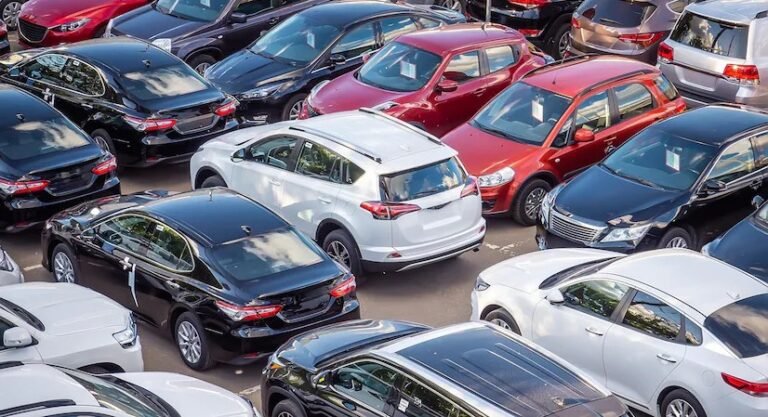
Carbon Emissions
As the world grapples with climate change and the push for sustainability intensifies, car manufacturers are stepping up their efforts to reduce their environmental impact. By 2025, carmakers are not just focusing on producing cleaner vehicles they’re revolutionizing how cars are designed, produced, and operated to cut carbon emissions. From electric vehicles to smarter manufacturing processes, here’s how car manufacturers are taking bold steps toward a greener future.
1. The Electric Revolution: A Greener Path Ahead
Electric vehicles (EVs) are at the forefront of the automotive industry’s drive to cut carbon emissions. As governments around the world impose stricter regulations on greenhouse gas emissions and fossil fuel consumption, car manufacturers are increasingly investing in EV technology. By 2025, more car brands are expected to launch fully electric models, offering consumers an alternative to traditional combustion-engine vehicles.
EVs are key in the transition to sustainable transportation because they emit zero tailpipe emissions, significantly reducing carbon footprints when compared to gasoline and diesel-powered vehicles. Additionally, advancements in battery technology, such as solid-state batteries, promise longer ranges and faster charging times, making EVs more practical for everyday use.
Leading automakers like Tesla, Ford, and Volkswagen are ramping up their production of electric models, aiming to make them more affordable and accessible to the mass market. As the demand for EVs grows, economies of scale will continue to reduce production costs, further driving down the carbon footprint of manufacturing.
2. Green Manufacturing Practices
The process of building a car is resource-intensive, involving large amounts of energy, water, and raw materials. However, car manufacturers are increasingly adopting green manufacturing practices to reduce their carbon emissions.
In 2025, many carmakers will focus on using renewable energy sources in their factories, such as solar and wind power. This reduces the carbon emissions associated with the production process. For example, BMW has pledged to produce all of its vehicles with renewable energy by 2025.
Moreover, car manufacturers are opting for sustainable materials like recycled metals, bio-based plastics, and natural fibers. These materials are not only eco-friendly but also help reduce the carbon footprint of manufacturing by lowering the need for new raw materials. Companies like Ford are integrating more sustainable materials into their vehicles, such as plant-based fibers and recycled aluminum, helping to reduce waste and emissions.
3. The Rise of Hydrogen Fuel Cells
While electric vehicles dominate the conversation, hydrogen fuel cell vehicles are also gaining traction as an alternative to traditional combustion engines. Hydrogen-powered vehicles use chemical reactions between hydrogen and oxygen to produce electricity, with water vapor being the only emission.
In 2025, automakers such as Toyota, Hyundai, and Honda are expected to ramp up their hydrogen fuel cell vehicle offerings. These vehicles can be refueled in minutes and provide longer ranges than current electric vehicles. Furthermore, when produced using renewable energy, hydrogen fuel cells can offer a completely carbon-neutral solution for transportation.
The challenge lies in creating a hydrogen fueling infrastructure that is both affordable and widespread. However, with increasing investments in hydrogen technology, the potential for these vehicles to contribute to a low-carbon future is growing.
4. Energy-Efficient Vehicle Design
A significant portion of a car’s carbon emissions comes from fuel consumption. As a result, manufacturers are continually striving to design more energy-efficient vehicles. By 2025, we can expect more cars to feature advanced aerodynamics, lightweight materials, and energy-efficient engines that reduce fuel consumption and emissions.
For instance, manufacturers are using aluminum, carbon fiber, and high-strength steel to reduce vehicle weight while maintaining safety standards. Lighter vehicles consume less energy and generate fewer emissions, improving overall fuel efficiency.
Aerodynamic improvements, such as sleek body designs, active grille shutters, and underbody panels, reduce drag and make vehicles more fuel-efficient. These innovations can have a significant impact on reducing the carbon footprint of vehicles, particularly for traditional internal combustion engine (ICE) vehicles.
5. Embracing Sustainable Supply Chains
Car manufacturers are increasingly focusing on making their entire supply chains more eco-friendly to reduce the carbon footprint of their operations.
In 2025, carmakers will continue to push for more sustainable sourcing of raw materials. This includes ensuring that materials like cobalt, lithium, and rare earth metals used in batteries are sourced responsibly, with minimal environmental impact. Companies like Volvo and Mercedes-Benz are already taking steps to ensure that their supply chains are traceable and transparent, ensuring that these materials are ethically sourced.
6. Advancements in Autonomous Driving and Car-Sharing Models
The widespread adoption of autonomous vehicles and car-sharing models also plays a significant role in reducing carbon emissions. Autonomous vehicles (AVs) equipped with AI can optimize routes and driving patterns, reducing fuel consumption and cutting down on emissions. AVs are also expected to improve traffic flow, reducing congestion and idle time, which can further lower carbon footprints.
Furthermore, the rise of car-sharing models can lead to fewer cars on the road. This means fewer resources are required to manufacture and maintain vehicles, reducing emissions associated with vehicle production and operation. In 2025, companies like Uber and Lyft will likely continue to integrate electric and autonomous vehicles into their fleets, helping to decrease overall emissions.
Conclusion:
As the world’s automakers continue to push the boundaries of innovation, the road to a more sustainable future is becoming clearer. By 2025, car manufacturers will have made significant strides in reducing their carbon emissions through electrification, green manufacturing practices, renewable energy integration, and more.
However, there is still work to be done. The future of the automotive industry hinges on the continued collaboration between manufacturers, governments, and consumers. As new technologies emerge and sustainability becomes a priority, the car industry is on track to play a vital role in tackling climate change and shaping a cleaner, greener future for all.





